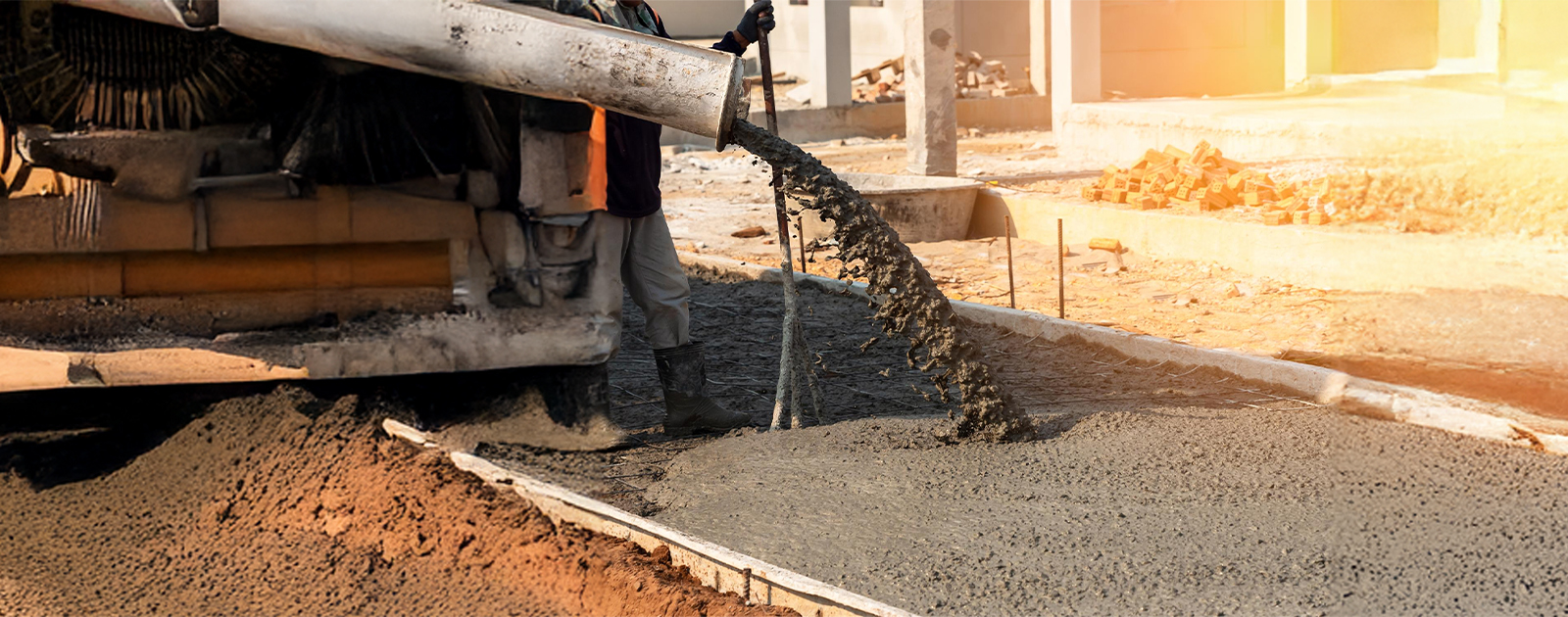Introduction: Cement — The Backbone of Global Infrastructure
Cement is one of the most consumed materials in the world, second only to water.
It forms the foundation of housing, roads, bridges, and infrastructure, making its price trends a crucial factor for builders, developers, and policymakers.
However, global cement prices are influenced by multiple dynamic factors such as energy costs, raw materials, logistics, and construction demand.
At Amrit Cement Limited, we continuously monitor these market shifts to ensure consistent pricing, superior quality, and reliable supply — helping builders plan better and build smarter.

Understanding Global Cement Price Trends
Cement prices have witnessed steady fluctuations over the past few years, driven by global economic changes and evolving demand patterns.
Let’s explore the key factors influencing these trends:
1️⃣ Energy and Fuel Costs
Cement production is energy-intensive.
Changes in coal, petroleum coke (petcoke), and electricity prices directly impact production costs.
- Rising fuel prices increase the cost per tonne of cement.
- Shifting to alternative fuels or renewable energy helps stabilize prices.
2️⃣ Raw Material Availability
Cement production depends heavily on raw materials like limestone, gypsum, and fly ash.
Shortages or transportation issues can push prices up.
- Quarry restrictions and environmental norms also affect material supply.
- Sustainable sourcing and waste utilization are now key cost-control strategies.
3️⃣ Logistics and Transportation
Cement is bulky, and freight costs form a large share of its final price.
- Fuel price hikes, shipping container shortages, and route disruptions (like Red Sea conflicts or port congestion) impact international cement trade.
Amrit Cement, with its strategically located plants and optimized logistics network, ensures cost-efficient and timely supply across regions.
4️⃣ Global Construction Demand
As countries invest in infrastructure, housing, and industrial projects, cement demand surges.
- Developing nations like India, Indonesia, and Vietnam are driving global consumption.
- Seasonal slowdowns and policy-driven boosts (like government housing schemes) influence local price stability.
5️⃣ Climate and Carbon Regulations
The global push toward low-carbon cement and sustainable manufacturing has led to higher R&D and compliance costs.
While these efforts ensure environmental benefits, they also temporarily raise cement prices until new technologies scale up.
Amrit Cement actively promotes eco-friendly cement solutions, focusing on lower emissions and energy-efficient production processes.
India’s Cement Price Outlook
India’s cement market remains one of the most dynamic in the world.
Despite rising fuel costs and global inflation, Amrit Cement continues to maintain affordable pricing through:
- Efficient manufacturing practices
- Sustainable sourcing
- Advanced process optimization
This ensures builders and contractors can manage project budgets effectively while maintaining high construction quality.

What These Price Trends Mean for Builders
- Budget Planning:
Global price fluctuations impact procurement costs. Builders should plan ahead and secure contracts early.
- Focus on Efficiency:
Use high-quality cement with better yield and workability — reducing wastage and improving ROI.
- Adopt Sustainable Materials:
PPC and blended cements offer both cost-effectiveness and long-term strength.
- Partner with Reliable Brands:
Builders should choose trusted suppliers like Amrit Cement, who maintain quality and transparency in pricing.
- Stay Updated:
Understanding cement price trends helps avoid unexpected project delays and cost overruns.

🧩 Amrit Cement: Stability Amid Market Shifts
At Amrit Cement Limited, we understand how crucial pricing stability is for our partners in the construction industry.
That’s why we focus on:
✅ Efficient manufacturing and logistics to control costs
✅ Sustainable energy and raw material sourcing
✅ Advanced R&D for product innovation and durability
✅ Transparent pricing and reliable supply chain
We believe in empowering builders to build with confidence — no matter how the market moves.
Conclusion: Building Smart Amid Changing Market Dynamics
Cement price trends are more than just numbers — they shape how the world builds.
At Amrit Cement, we’re committed to offering consistent quality, stable pricing, and sustainable cement solutions, helping builders navigate market fluctuations with confidence.
Because in every price cycle, one thing remains constant — Amrit Cement’s commitment to strength, trust, and innovation.
FAQs: Global Cement Price Trends
Q1. Why do global cement prices fluctuate?
Prices change due to variations in fuel costs, raw material supply, transportation, and construction demand.
Q2. How do global price trends affect Indian builders?
They influence raw material costs and freight charges, which can affect domestic cement pricing.
Q3. What is the current trend for cement prices in India?
Prices remain moderately stable with slight regional variations depending on logistics and demand.
Q4. How does Amrit Cement manage price stability?
By using energy-efficient production, optimized transport, and sustainable material sourcing.
Q5. Will cement prices rise in the near future?
Minor increases may occur due to global fuel costs and carbon regulations, but efficient producers like Amrit Cement work to minimize impact on end-users.







